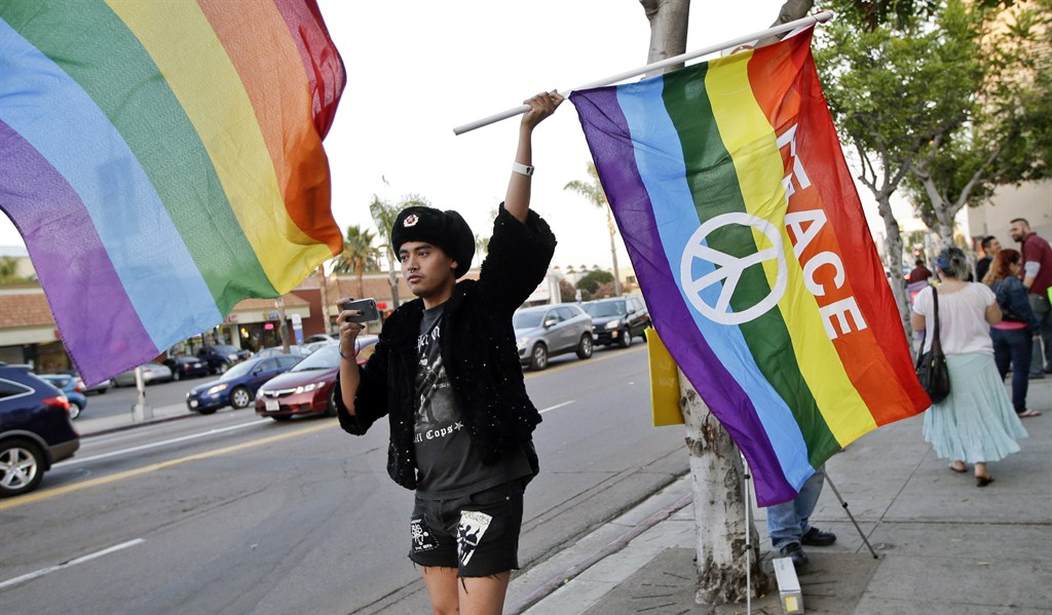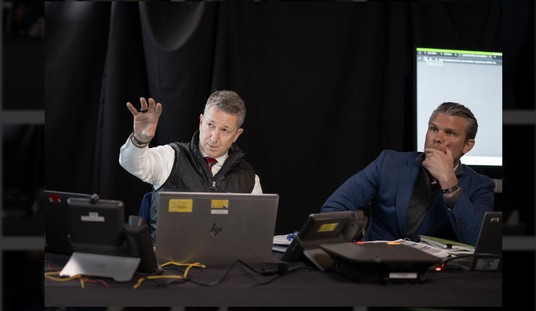The CDC conducted its annual report on teen sexual identity for the year 2021 and found that among more than 17,000 teenagers aged 14-18, about three-quarters claimed to be attracted only to the opposite sex. Fully 25% of teenagers say they aren’t “straight.”
Among high school students, 12.2 percent identified as bisexual, 5.2 percent as questioning, 3.9 percent as other, 3.2 percent as gay or lesbian, and 1.8 percent said they didn’t understand the question.
The CDC slipped in a new option this year. Teens who were “questioning” their sexual identity could check the “other” box or “not sure.” “Increases in the percentage of LGBQ+ students in YRBSS [Youth Risk Behavior Surveillance System] 2021 might be a result of changes in question-wording to include students identifying as questioning, ‘I am not sure about my sexual identity (questioning),’ or other, ‘I describe my sexual identity in some other way,’” the report reads.
Overall, the CDC says the number of LGBTQ students went from 11 percent in 2015 to 26 percent in 2021.
The number of LGBTQ people continues to rise every year. A Gallup poll released in February showed that 7.2% of adult Americans are “something other than heterosexual,” the highest concentration of which belonged to Gen Z.
But the uptick in queer youth may not mean that fewer people are heterosexual — rather, it indicates that more people are comfortable with being openly honest about their sexual orientation and identities. This seems to be especially true among the younger generation, who are chronically online.
“Social media has added to this visibility that there are options that were not previously available,” Ritch Savin-Williams, a developmental psychology professor at Cornell, previously told The Post. “In a positive sense, it sort of says, ‘Hey, look, you don’t have to fit into these boxes.’”
Savin-Williams also pointed out that it’s “not that the absolute number of people” who identify as non-heterosexual has grown, it’s that more people are willing to express and ‘declare’ it.”
There’s nothing in this survey that’s surprising given the trends we’ve seen in today’s high school students. Nor is it surprising given what we know about a teenager’s desire to be different, to stand out in a crowd. What better way to do that than declaring you’re gay, queer, bi, or transgender, especially if the social stigma of identifying as LGBTQ is lessened in Gen Z?
The teen years are all about finding out who you are. As it becomes more acceptable to be something other than straight, teens will embrace a sexual identity that matches a self-image that doesn’t necessarily reflect who they really are, but how they want others to see them.
Among the high school students, 57 percent have had no sexual contact in their lives, 34.6 percent had sexual contact with someone of the opposite sex, 6 percent had sexual contact with both sexes and only 2.4 percent had sexual contact with only the same sex.
This lack of sex has been a growing trend and may reflect several disturbing issues, including the explosive growth of online porn, especially among teenage boys, and a general shutting off from physical human contact of kids who now live virtual lives almost entirely online.










Join the conversation as a VIP Member